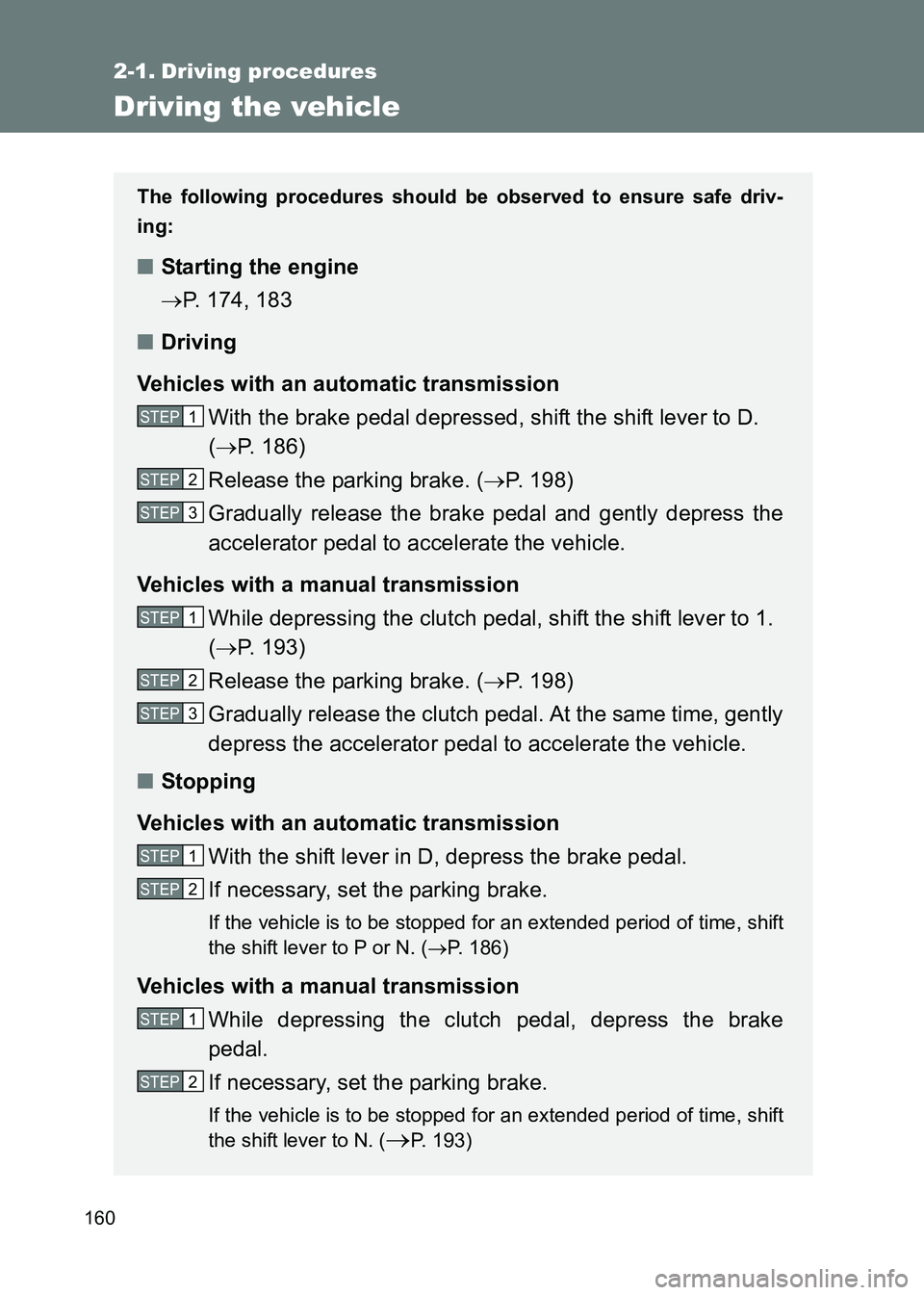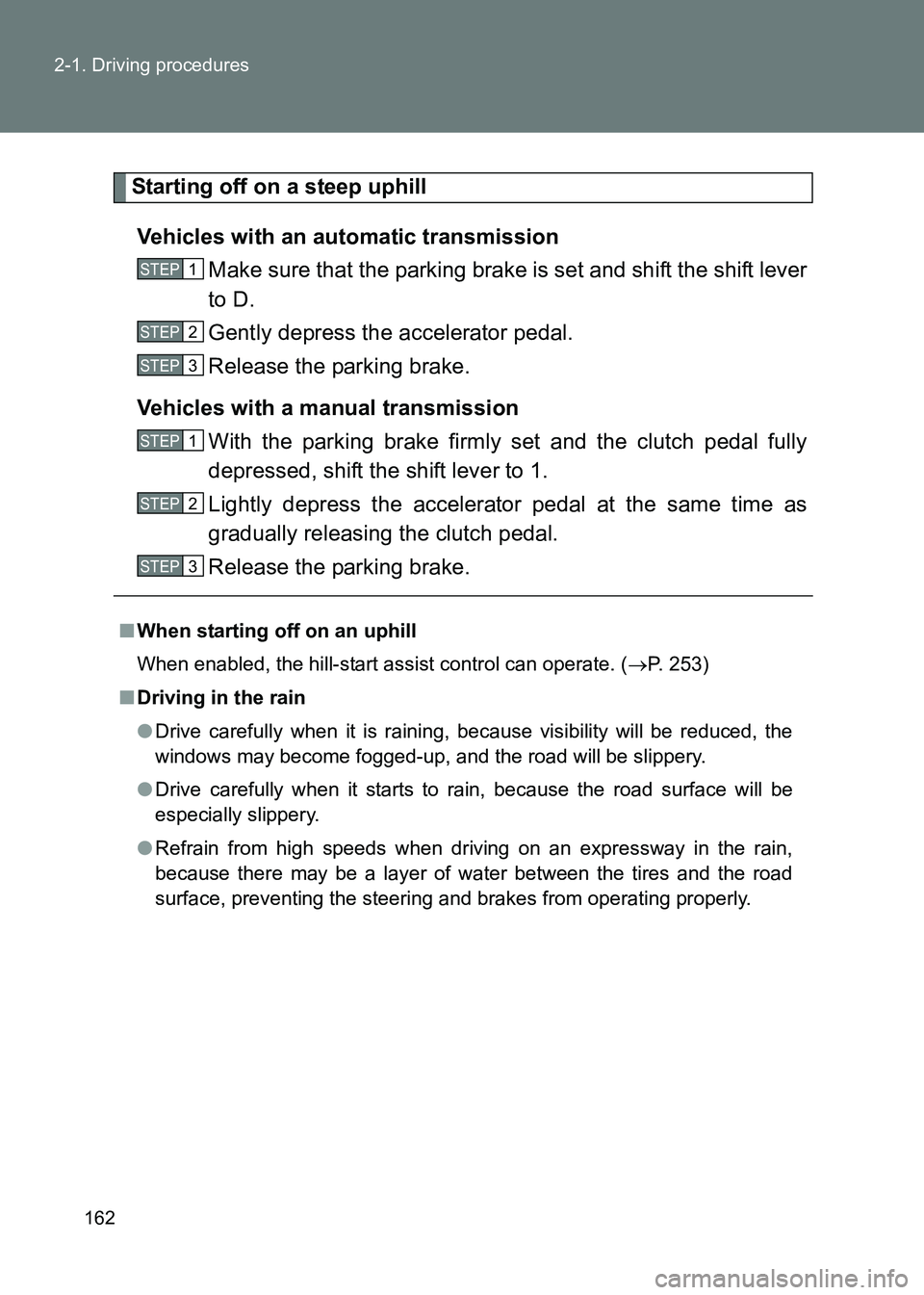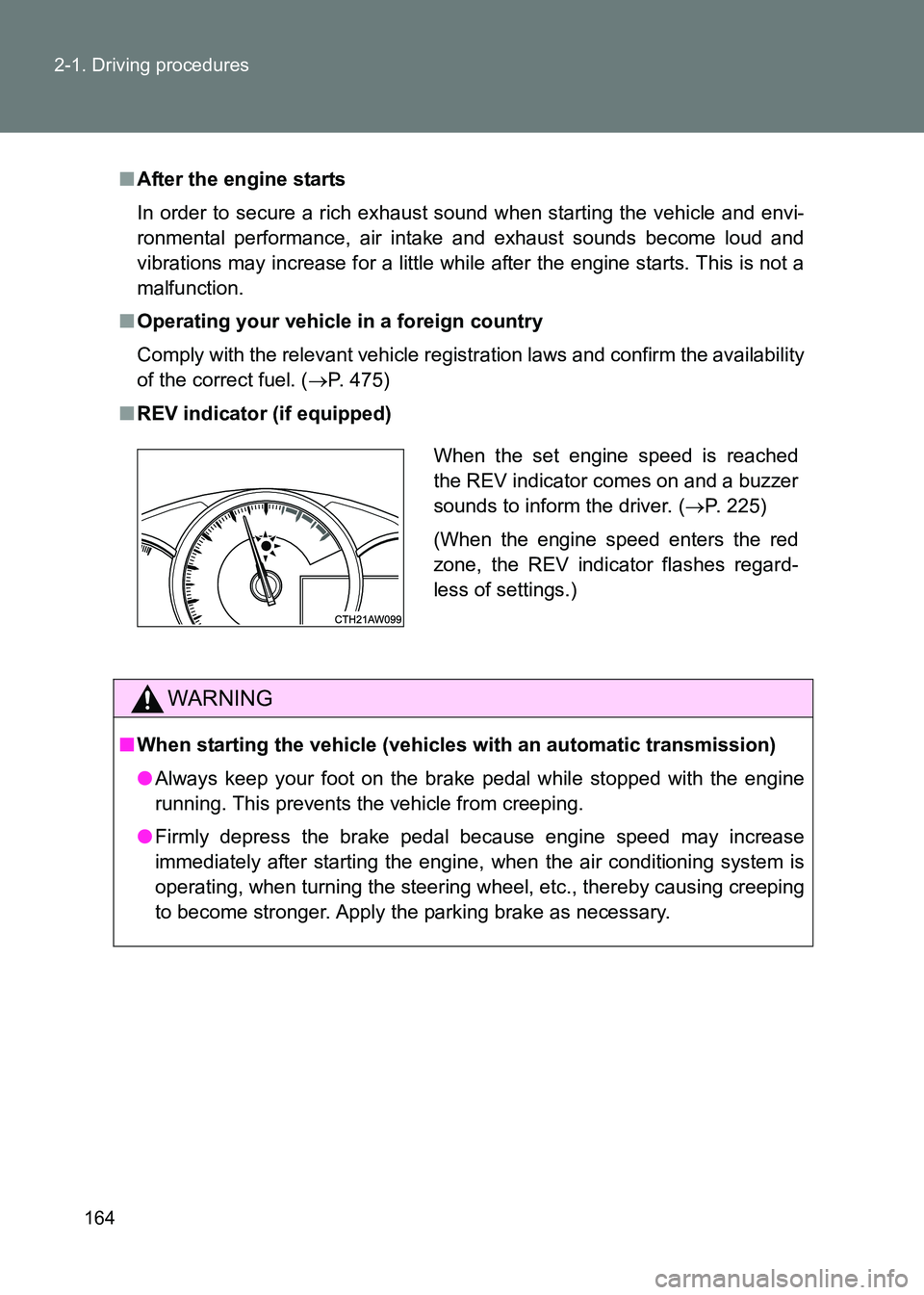2017 TOYOTA GT86 transmission
[x] Cancel search: transmissionPage 2 of 505

TABLE OF CONTENTSIndex
86_EE (OM18071E)
2
1-1. Key informationKeys ...................................... 32
1-2. Opening, closing and locking the doors and
trunk
Smart entry & start system ........................ 35
Wireless remote control ........ 52
Doors .................................... 57
Trunk..................................... 60
1-3. Adjustable components (seats, mirrors, steering
wheel)
Front seats ............................ 66
Rear seats ............................ 69
Head restraints ..................... 71
Seat belts .............................. 73
Steering wheel ...................... 80
Anti-glare inside rear view mirror .................................. 81
Outside rear view mirrors...... 82
1-4. Opening and closing the windows
Power windows ..................... 85
1-5. Refueling Opening the fuel tank cap ..... 89 1-6. Theft deterrent system
Engine immobilizer system................................ 93
Double locking system ....... 102
1-7. Safety information Correct driving posture ....... 104
SRS airbag (Supplemental Restraint
System airbag) ................. 106
Child restraint systems ....... 136
Installing child restraints ..... 145
Airbag manual on-off system.............................. 155
2-1. Driving procedures Driving the vehicle .............. 160
Engine (ignition) switch (vehicles with a
smart entry &
start system) .................... 174
Engine (ignition) switch (vehicles without a
smart entry &
start system) .................... 183
Automatic transmission ...... 186
Manual Transmission ......... 193
Turn signal lever................. 197
Parking brake ..................... 198
Horn ................................... 199
1Before driving
2When driving
Page 69 of 505

69
1
1-3. Adjustable components (seats, mirrors, steering wheel)
Before driving
86_EE (OM18071E)
Rear seats
■Seat dust cover
Always remove the seat dust cover that may be attached at the time of pur-
chase before using the seat.
WARNING
■When folding the rear seatbacks down
Observe the following precautions. Failure to do so may result in death or
serious injury.
●Do not fold the seatbacks down while driving.
● Stop the vehicle on level ground, set the parking brake and shift the shift
lever to P (automatic transmissi on) or N (manual transmission).
● Do not allow anyone to sit on a folded seatback or in the trunk while driv-
ing.
● Do not allow children to enter the trunk.
The seatbacks of the rear seats can be folded down.
Press the seatback lock
release buttons and fold the
seatback down.
Press the button until the lock
is released.
To return the seatbacks to its
original position, lift it up until it
locks.
Page 159 of 505

2When driving
159
86_EE (OM18071E)
2-1. Driving proceduresDriving the vehicle ............ 160
Engine (ignition) switch (vehicles with a
smart entry &
start system) ................... 174
Engine (ignition) switch (vehicles without a
smart entry &
start system) ................... 183
Automatic transmission .... 186
Manual Transmission ....... 193
Turn signal lever ............... 197
Parking brake ................... 198
Horn .................................. 199
2-2. Instrument cluster Gauges and meters .......... 200
Indicators and warning lights ............................... 204
Multi-information display (monochrome display) .... 210
Multi-information display (color display) ................. 215 2-3. Operating the lights and
windshield wipers
Headlight switch................ 231
Fog light switch ................. 237
Windshield wipers and washer ............................ 238
2-4. Using other driving systems
Cruise control.................... 241
Driving assist systems ...... 246
Hill-start assist control....... 253
2-5. Driving information Cargo and luggage ........... 257
Winter driving tips ............. 259
Trailer towing .................... 263
Page 160 of 505

160
86_EE (OM18071E)
2-1. Driving procedures
Driving the vehicle
The following procedures should be observed to ensure safe driv-
ing:
■ Starting the engine
→P. 174, 183
■ Driving
Vehicles with an automatic transmission With the brake pedal depressed, shift the shift lever to D.
(→ P. 186)
Release the parking brake. ( →P. 198)
Gradually release the brake pedal and gently depress the
accelerator pedal to accelerate the vehicle.
Vehicles with a manual transmission While depressing the clutch pedal, shift the shift lever to 1.
(→ P. 193)
Release the parking brake. ( →P. 198)
Gradually release the clutch pedal. At the same time, gently
depress the accelerator pedal to accelerate the vehicle.
■ Stopping
Vehicles with an automatic transmission With the shift lever in D, depress the brake pedal.
If necessary, set the parking brake.
If the vehicle is to be stopped for an extended period of time, shift
the shift lever to P or N. ( →P. 186)
Vehicles with a manual transmission
While depressing the clutch pedal, depress the brake
pedal.
If necessary, set the parking brake.
If the vehicle is to be stopped for an extended period of time, shift
the shift lever to N. (
→P. 193)
STEP 1
STEP 2
STEP 3
STEP 1
STEP 2
STEP 3
STEP 1
STEP 2
STEP 1
STEP 2
Page 161 of 505

161
2-1. Driving procedures
2
When driving
86_EE (OM18071E)
■
Parking the vehicle
Vehicles with an automatic transmission With the shift lever in D, depress the brake pedal.
Shift the shift lever to P. ( →P. 186)
Set the parking brake. ( →P. 198)
Vehicles without a smart entry & start system:
Turn the engine switch to the “LOCK” position to stop the
engine.
Vehicles with a smart entry & start system:
Press the “ENGINE START STOP” switch to stop the
engine.
Lock the door, making sure that you have the key on your
person.
If parking on a hill, block the wheels as needed.
Vehicles with a manual transmission
While depressing the clutch pedal, depress the brake
pedal.
Shift the shift lever to N. ( →P. 193)
Set the parking brake. ( →P. 198)
Vehicles without a smart entry & start system:
Turn the engine switch to the “LOCK” position to stop the
engine.
Vehicles with a smart entry & start system:
Press the “ENGINE START STOP” switch to stop the
engine.
Lock the door, making sure that you have the key on your
person.
If parking on a hill, shift the shift lever to 1 or R and block the
wheels as needed.
STEP 1
STEP 2
STEP 3
STEP 4
STEP 5
STEP 1
STEP 2
STEP 3
STEP 4
STEP 5
Page 162 of 505

162
2-1. Driving procedures
86_EE (OM18071E)
Starting off on a steep uphill
Vehicles with an automatic transmission Make sure that the parking brake is set and shift the shift lever
to D.
Gently depress the accelerator pedal.
Release the parking brake.
Vehicles with a manual transmission With the parking brake firmly set and the clutch pedal fully
depressed, shift the shift lever to 1.
Lightly depress the accelerator pedal at the same time as
gradually releasing the clutch pedal.
Release the parking brake.
■When starting off on an uphill
When enabled, the hill-start assist control can operate. ( →P. 253)
■ Driving in the rain
●Drive carefully when it is raining, because visibility will be reduced, the
windows may become fogged-up, and the road will be slippery.
● Drive carefully when it starts to rain, because the road surface will be
especially slippery.
● Refrain from high speeds when driving on an expressway in the rain,
because there may be a layer of water between the tires and the road
surface, preventing the steering and brakes from operating properly.
STEP 1
STEP 2
STEP 3
STEP 1
STEP 2
STEP 3
Page 163 of 505

163
2-1. Driving procedures
2
When driving
86_EE (OM18071E)
■
Engine speed while driving (vehicles with an automatic transmission)
In the following conditions, the engine speed may become high while driving.
This is due to automatic up-shifting control or down-shifting implementation
to meet driving conditions. It does not indicate sudden acceleration.
●The vehicle is judged to be driving uphill or downhill
● When the accelerator pedal is released
● When driving on curves
● When the brake pedal is firmly depressed
■ New vehicle break-in driving (the first 1600 km [1000 miles])
The performance and long life of your vehicle are dependent on how you
handle and care for your vehicle while it is new. Follow these instructions
during the first 1600 km (1000 miles):
●Do not allow the engine speed to exceed 4000 rpm except in an emer-
gency.
● Do not drive at one constant engine or vehicle speed for a long time,
either fast or slow.
● Avoid starting suddenly and rapid acceleration, except in an emergency.
● Avoid hard braking, except in an emergency.
The same break-in procedures should be applied to an overhauled
engine, newly mounted engine or when br ake pads or brake linings are
replaced with new ones.
■ High friction brake pads (if equipped)
The brake pads and discs are designed for use under high load conditions.
Therefore, brake noise may be generated depending on the vehicle speed,
braking force and vehicle environment (temperature, humidity, etc.).
■ Drum-in-disc type parking brake system
Your vehicle has a drum-in-disc type parking brake system. This type of
brake system needs bedding-down of the brake shoes periodically or when-
ever the parking brake shoes and/or drum are replaced. Have any autho-
rized Toyota dealer or repairer, or another duly qualified and equipped
professional perform the bedding down.
Page 164 of 505

164
2-1. Driving procedures
86_EE (OM18071E)
■
After the engine starts
In order to secure a rich exhaust sound when starting the vehicle and envi-
ronmental performance, air intake and exhaust sounds become loud and
vibrations may increase for a little while after the engine starts. This is not a
malfunction.
■ Operating your vehicle in a foreign country
Comply with the relevant vehicle registration laws and confirm the availability
of the correct fuel. ( →P. 475)
■ REV indicator (if equipped)
WARNING
■When starting the vehicle (vehicl es with an automatic transmission)
● Always keep your foot on the brake pedal while stopped with the engine
running. This prevents the vehicle from creeping.
● Firmly depress the brake pedal because engine speed may increase
immediately after starting the engine, when the air conditioning system is
operating, when turning the steering wheel, etc., thereby causing creeping
to become stronger. Apply the parking brake as necessary.
When the set engine speed is reached
the REV indicator comes on and a buzzer
sounds to inform the driver. ( →P. 225)
(When the engine speed enters the red
zone, the REV indicator flashes regard-
less of settings.)